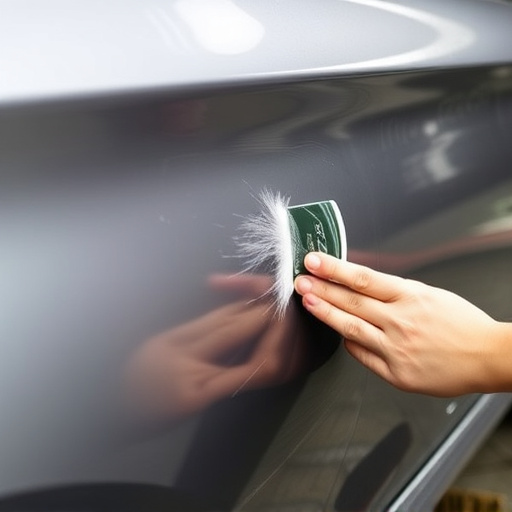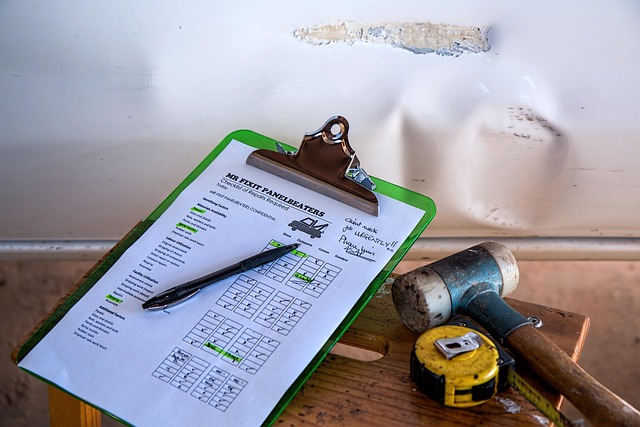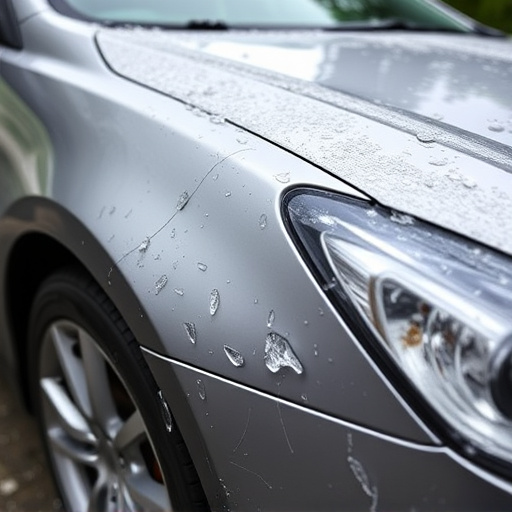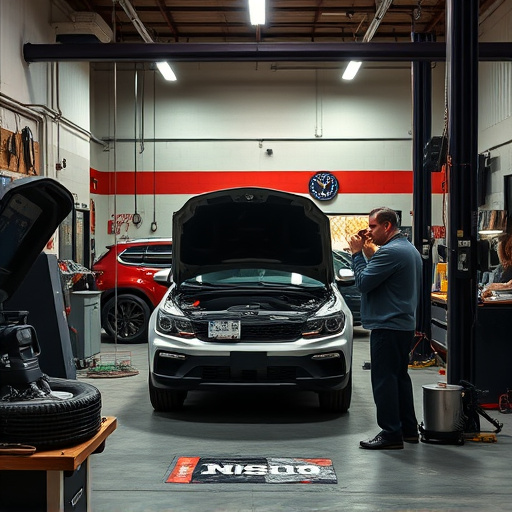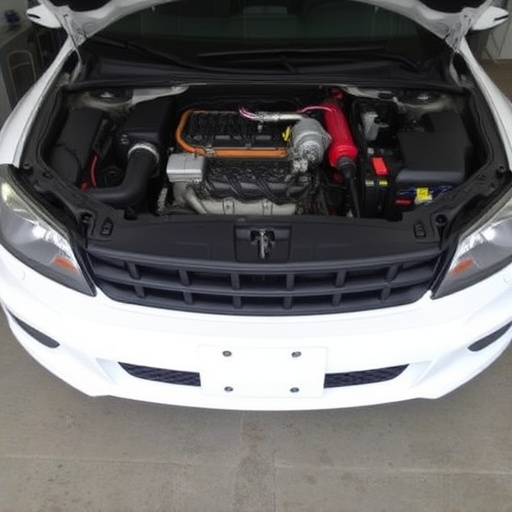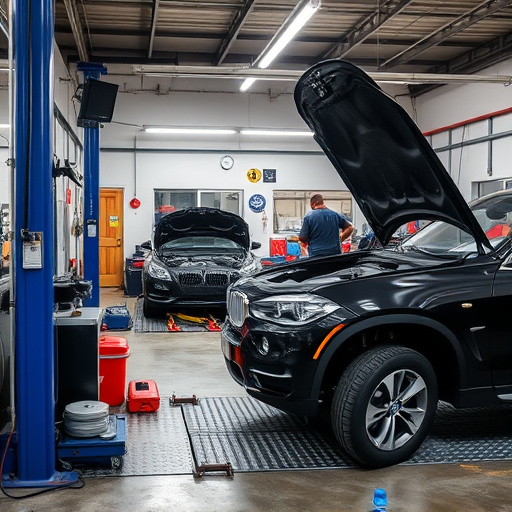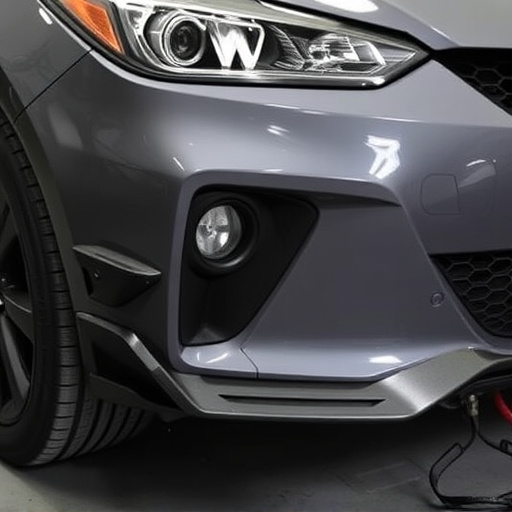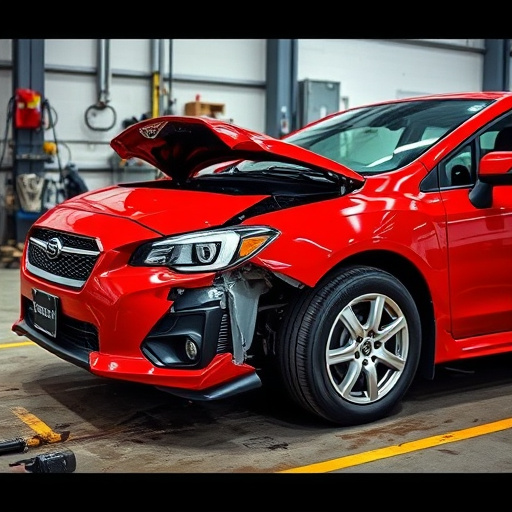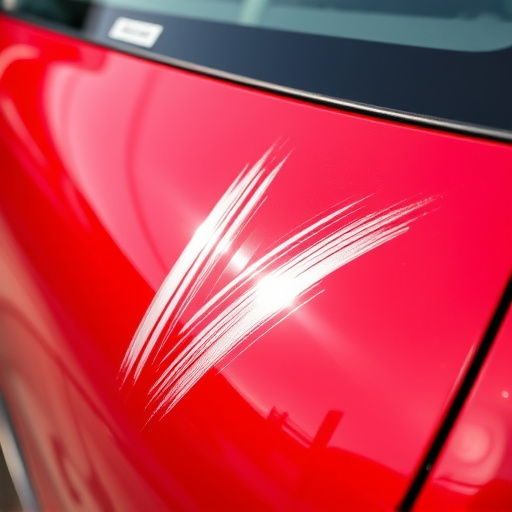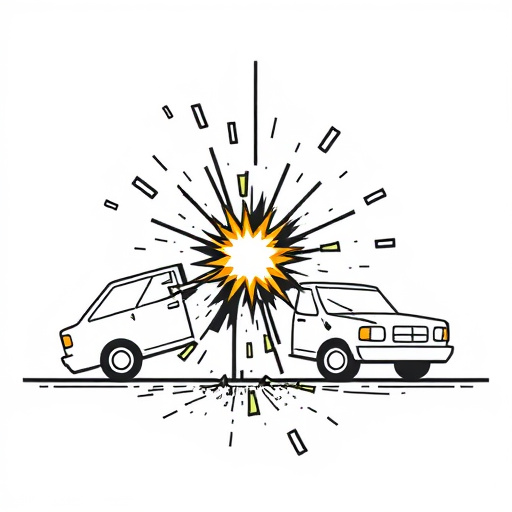Common Tesla touchscreen replacement challenges include software glitches, physical damage, and display degradation. Repairs require specialized knowledge and tools for seamless integration. Obtaining high-quality parts from reputable suppliers is key. Collision repair shops offer genuine Tesla components and aftermarket options. Precise installation aligns with vehicle aesthetics. Complex integration of rear screens with safety systems demands specialized collision centers for professional handling and recalibration.
“In today’s digital age, a faulty Tesla touchscreen can be more than just an annoyance—it can significantly impact your driving experience. This comprehensive guide delves into the intricacies of Tesla touchscreen replacement, offering insights on common failure modes and their causes. We explore the process of sourcing and installing replacements, emphasizing DIY capabilities. Additionally, we analyze the interdependence between the rear screen and serviceability, highlighting potential challenges and solutions for Tesla owners.”
- Understanding Tesla Touchscreen Failure Modes
- Sourcing and Installing Replacement Screens
- Impact of Rear Screen Dependency on Serviceability
Understanding Tesla Touchscreen Failure Modes
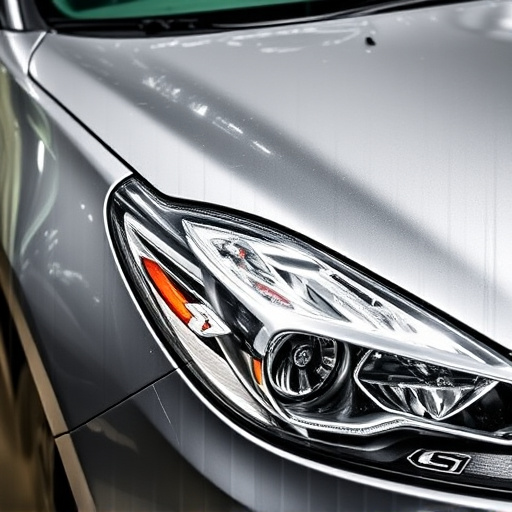
In the realm of Tesla touchscreen replacement, understanding failure modes is paramount. The touchscreen, a vibrant and bustling feature in Tesla vehicles, can falter due to various factors. Common issues range from software glitches triggered by outdated firmware or unexpected power surges, to physical damage resulting from accidents or rough handling. In some cases, the problem might lie with the display itself, experiencing degradation over time due to excessive use or exposure to harsh conditions.
When a Tesla owner encounters touchscreen failure, it often necessitates a visit to a reliable collision repair center or dedicated vehicle body repair shop. Skilled technicians there can diagnose the issue, whether it’s a simple software update or a more intricate hardware replacement. Autobody repairs for Teslas, much like any high-tech vehicle, require specialized knowledge and tools to ensure the new touchscreen seamlessly integrates with the vehicle’s systems.
Sourcing and Installing Replacement Screens
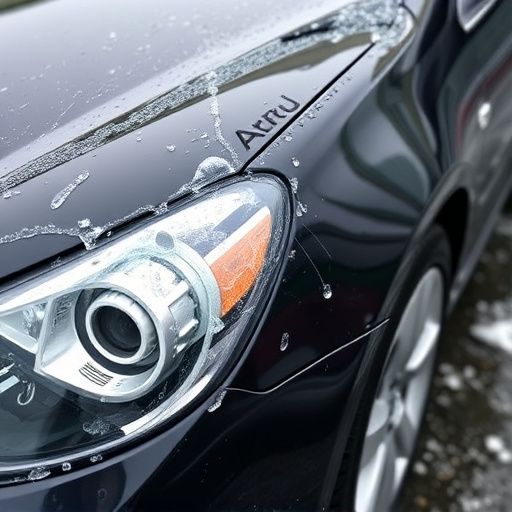
When it comes to sourcing and installing a Tesla touchscreen replacement, there are several key considerations. The first step is to ensure that you’re obtaining high-quality parts from reputable suppliers. Authentic Tesla replacement screens are ideal, as they guarantee compatibility and performance. Many collision repair shops specializing in electric vehicle repairs stock these components, offering both genuine Tesla parts and top-tier aftermarket options.
Choosing the right installation method is equally crucial. For rear screens, precise alignment is essential to maintain the seamless aesthetic of the vehicle’s interior. Skilled technicians use specialized tools and software to ensure perfect fitment. Remember, a reliable collision repair shop can not only handle Tesla touchscreen replacement but also address other common issues like dent repair or even mercedes benz collision repair, ensuring your vehicle returns to its optimal condition.
Impact of Rear Screen Dependency on Serviceability
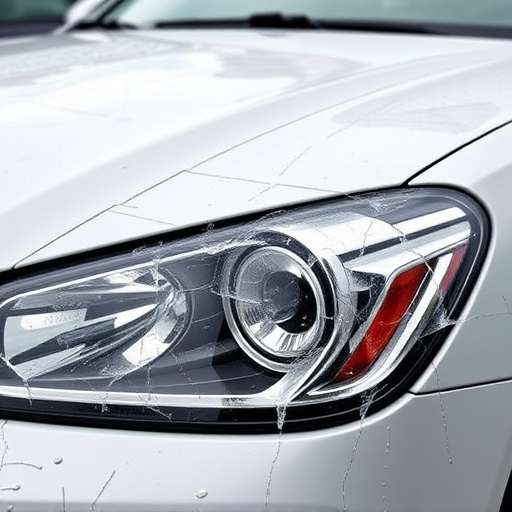
The rear screen dependency in modern Tesla vehicles, heavily integrated as it is with key functions like camera feeds and safety systems, significantly influences the serviceability of touchscreen replacements. When a car owner requires a Tesla touchscreen replacement, understanding this dependency is crucial. A seamless replacement process demands not just the installation of a new touchscreen but also ensuring proper synchronization with the vehicle’s rear sensors and cameras.
This intricacy often necessitates visits to specialized collision centers or auto body repair shops equipped with the latest diagnostic tools to reassess and recalibrate the car body repair after a Tesla touchscreen replacement. The interplay between the touchscreen, sensors, and cameras is vital for optimal performance, safety features, and driver experience—factors that underscore the importance of professional handling during such repairs.
Replacing a Tesla’s touchscreen involves understanding specific failure modes and sourcing compatible parts, which are crucial for maintaining the vehicle’s functionality. The rear screen’s dependency highlights the importance of professional installation, ensuring seamless integration and optimal user experience. For effective Tesla touchscreen replacement, it’s essential to consider both the front and rear screens’ interdependence, impacting serviceability and overall vehicle performance.
